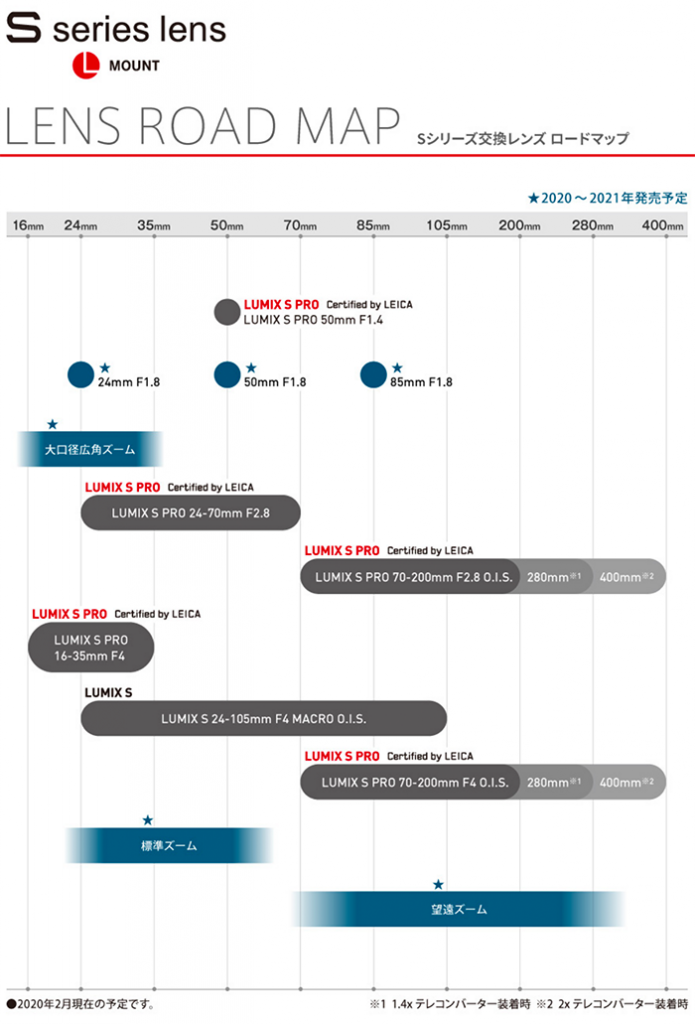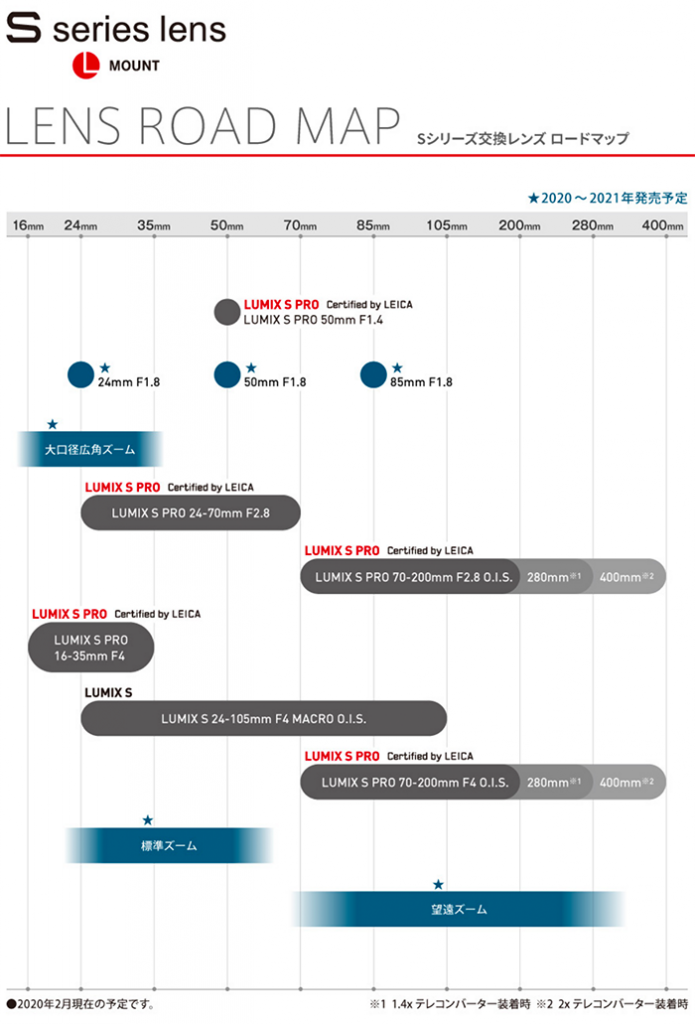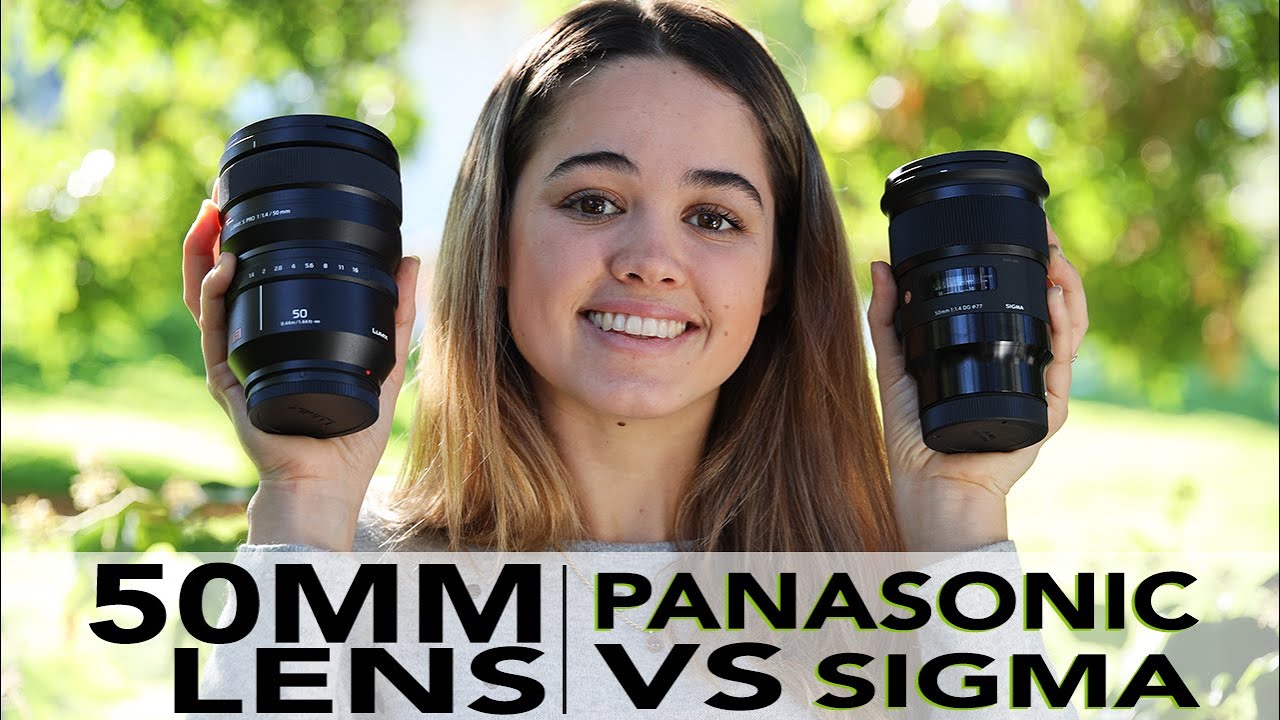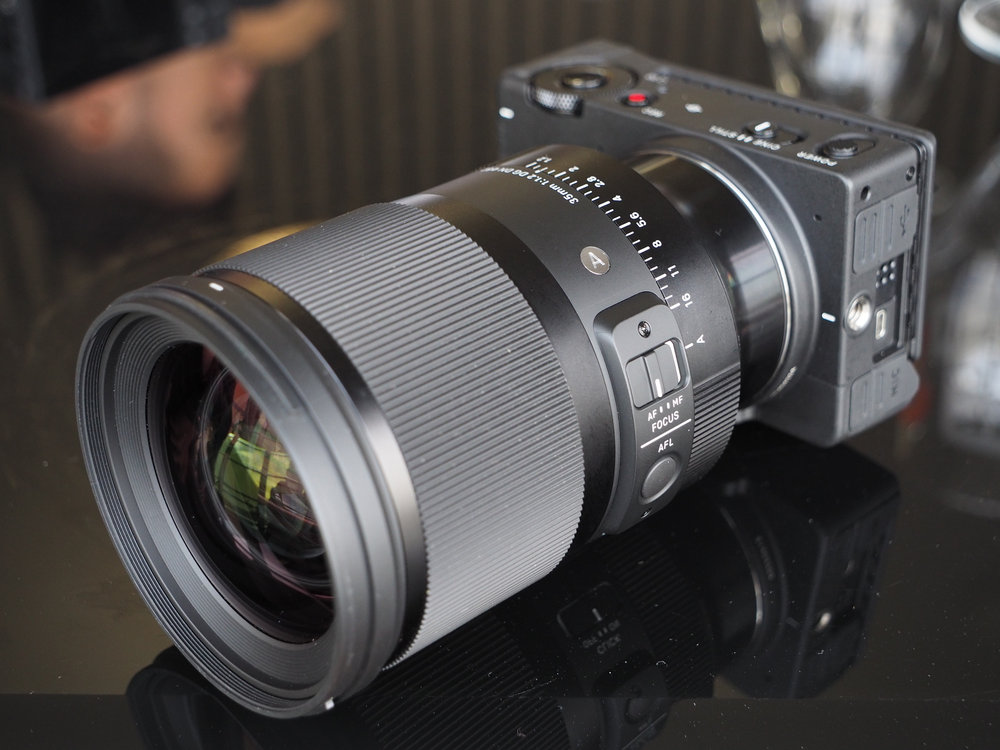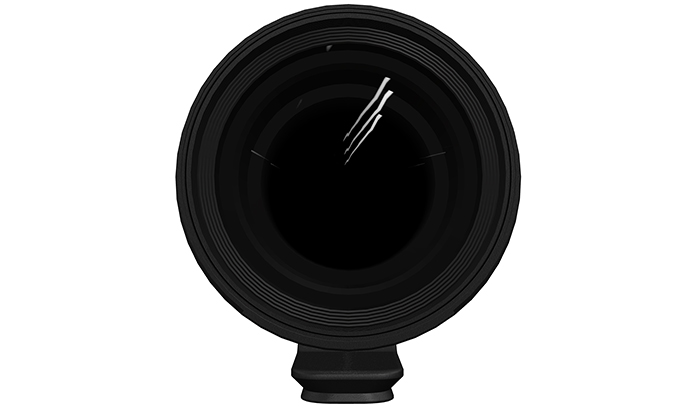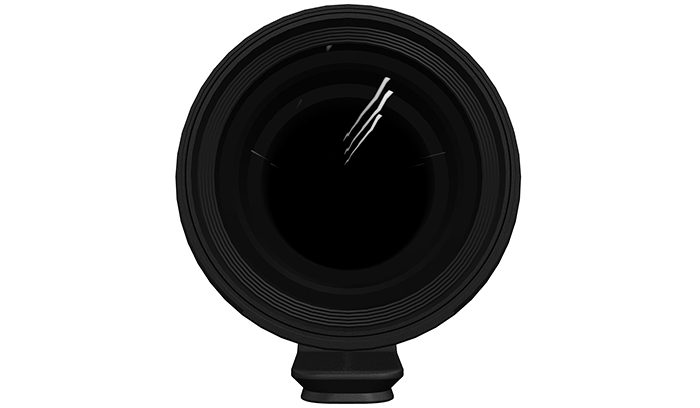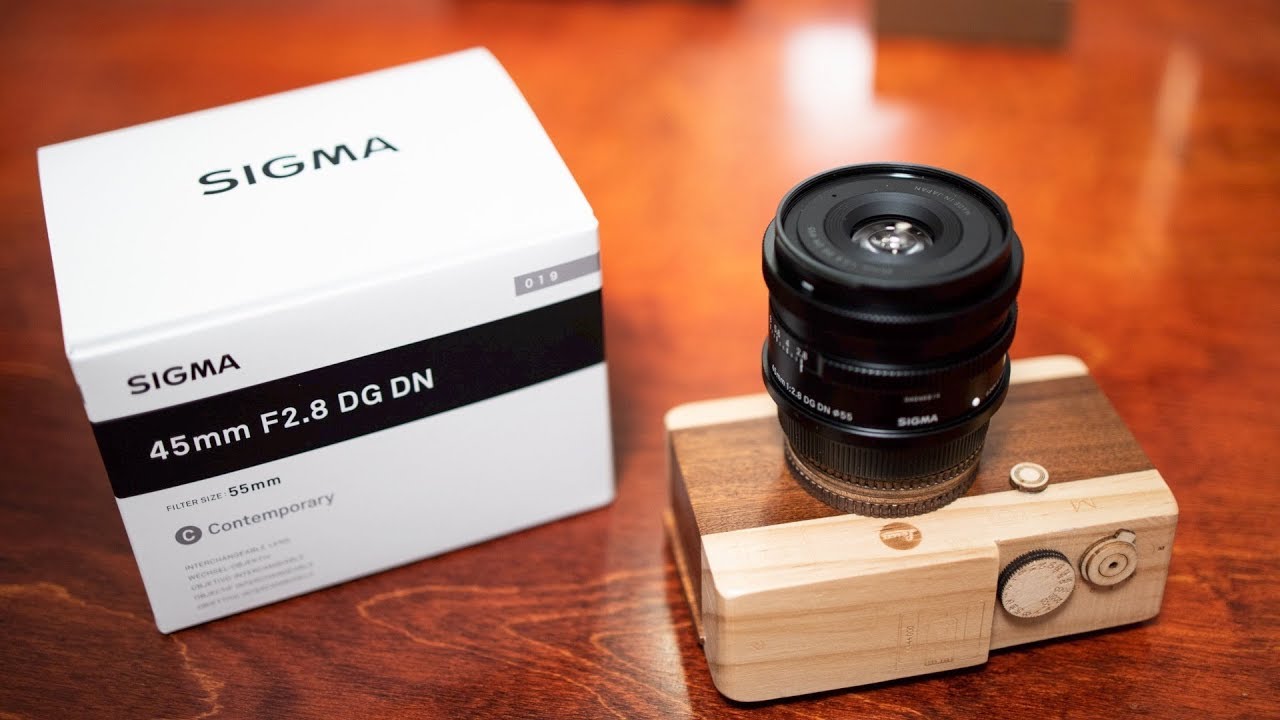Panasonic 50mm f/1.4 review at Thephoblographer: “very worthy long term investment”

ThePhoBlographer tested the Panasonic 50mm f/1.4 lens and concluded:
The Panasonic 50mm f1.4 Lumix S Pro is a truly exceptional lens. It really delivers where it counts with image quality. This lens is not only very sharp but also delivers beautiful bokeh. Portrait photographers will appreciate the colors as will wedding photographers and photojournalists. Those who travel will like the build quality. However, all of these photographers won’t like the size. Combine this with the mammoth bodies that the L Mount has right now, and you’ll realize that it’s all going to take up a lot of space in your camera bag. $2,297.99 also seems a bit steep for a lens like this. But once the system gets better camera bodies, this lens will prove itself to be a very worthy long term investment.


